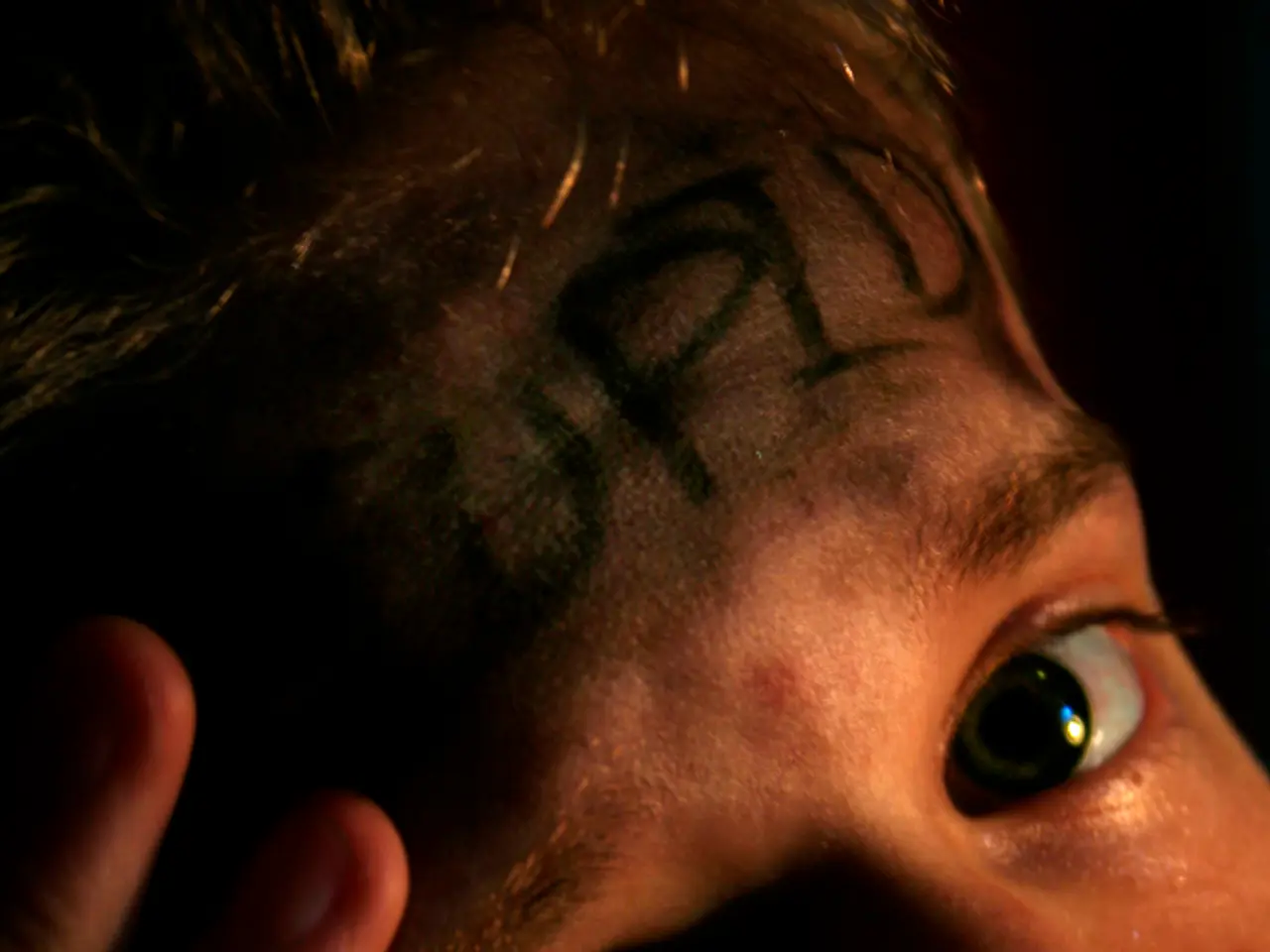Stroke-induced Aphasia: Understanding its nature, categories, therapies, and additional details
Aphasia is a communication disorder that can occur following a stroke, head injury, brain tumor, or progressive neurological disorder such as Alzheimer's disease. This condition affects an individual's ability to speak, write, listen, and read.
Causes and Types of Aphasia
Aphasia can be categorized into several main types, each with distinct symptoms. The two main types are fluent and nonfluent.
Fluent Aphasia
- Wernicke's (receptive) aphasia: This type is characterized by fluent but often nonsensical or jumbled speech. Individuals with Wernicke's aphasia may struggle to understand spoken and written language, despite normal speech fluency.
Nonfluent Aphasia
- Broca's (expressive) aphasia: Broca's aphasia affects the brain's frontal lobe and is characterized by difficulty forming words and full sentences. Speech in these cases is slow and effortful, with comprehension of language usually preserved.
Other Types of Aphasia
- Global aphasia: This severe form of aphasia involves impairment in both speech expression and comprehension, often occurring immediately after a large stroke.
- Anomic aphasia (Nominal aphasia): Individuals with this type have difficulty finding the right words, especially nouns and verbs. Speech remains fluent and grammatically correct, and comprehension and repetition are relatively preserved.
- Primary Progressive Aphasia (PPA): This neurodegenerative form of aphasia has three variants: semantic, nonfluent, and logopenic. Each variant exhibits unique symptoms, such as difficulty remembering, finding, or understanding words, and trouble using speech, forming sentences, and finding words mid-sentence.
Treatment and Recovery
Behavioral speech and language therapy (SLT) is the primary treatment for aphasia following a stroke. Significant changes occur in a person's brain following a brain injury, such as a stroke, which help it recover. However, medications have not been shown to significantly improve aphasia without SLT.
Studies have not yet determined the optimal timings for SLT or which therapy works best for an individual following a stroke. SLT may be delivered individually, as part of a group, remotely, or using a computer. Participating in stroke support groups can help individuals with aphasia build confidence and adjust to life changes.
In addition to SLT, noninvasive brain stimulation is another potential approach to therapy that may help improve aphasia. However, further research is necessary to confirm its efficacy, particularly in combination with SLT.
Living with Aphasia
Family and friends can communicate effectively with someone with aphasia by minimizing distractions, letting them take their time, or using gestures and drawings. People with aphasia may see dramatic improvements in their language ability in the months following a stroke, even without treatment. However, some level of aphasia remains in many cases, and individuals still require SLT.
Both ischemic and hemorrhagic strokes can cause parts of the brain to die or become damaged, potentially leading to long-term disability or death. Awareness and early intervention are crucial in managing aphasia and promoting recovery.
- Aphasia, a communication disorder, can stem from stroke, head injury, brain tumors, or neurological disorders like Alzheimer's disease, affecting one's ability to speak, write, listen, and read.
- Aphasia can be divided into fluent and nonfluent types, each with distinct symptoms.
- Fluent aphasia, or Wernicke's (receptive) aphasia, results in fluent but often nonsensical speech, with difficulty understanding language.
- Nonfluent aphasia, or Broca's (expressive) aphasia, causes issues with forming words and sentences while preserving language comprehension.
- Other types of aphasia include global aphasia, anomic (Nominal) aphasia, and Primary Progressive Aphasia (PPA), each displaying unique symptoms.
- Behavioral speech and language therapy (SLT) is the primary treatment for aphasia following a stroke, helping the brain recover from the injury.
- Significant changes occur in the brain after a stroke, facilitating recovery, but medications have not been proven to improve aphasia without SLT.
- Variations in the timing and type of SLT, its delivery format, group or individual sessions, or remote or computer-aided implementation, may be beneficial in managing aphasia.
- Pursuing stroke support groups and incorporating fitness and exercise, mental health therapies, nutrition, and cardiovascular health strategies can help individuals with aphasia live more fulfilling lives while managing related conditions, such as skin-conditions, respiratory-conditions, eye-health, hearing, and neurological-disorders.




